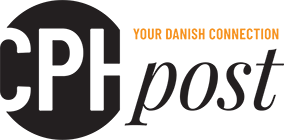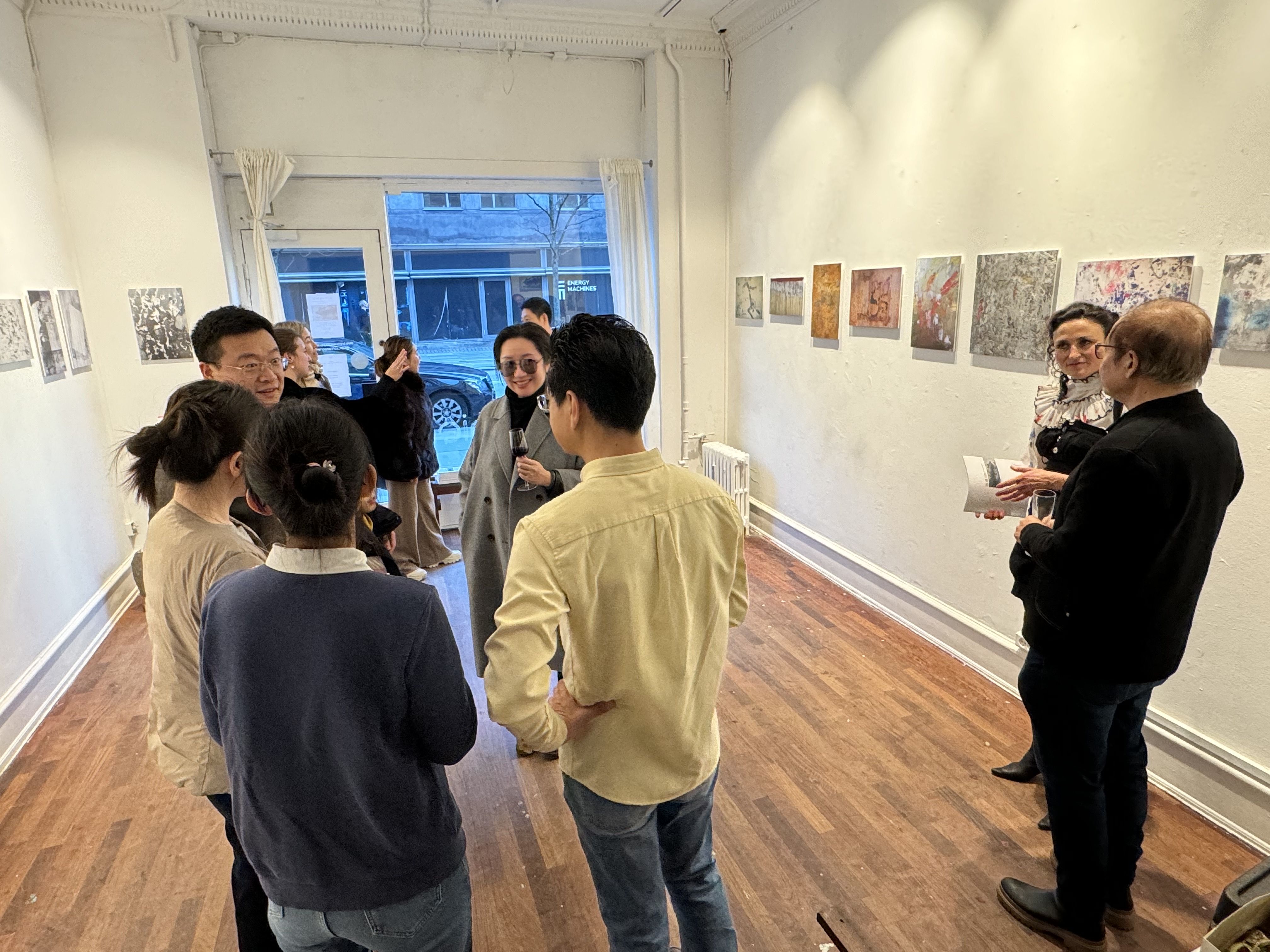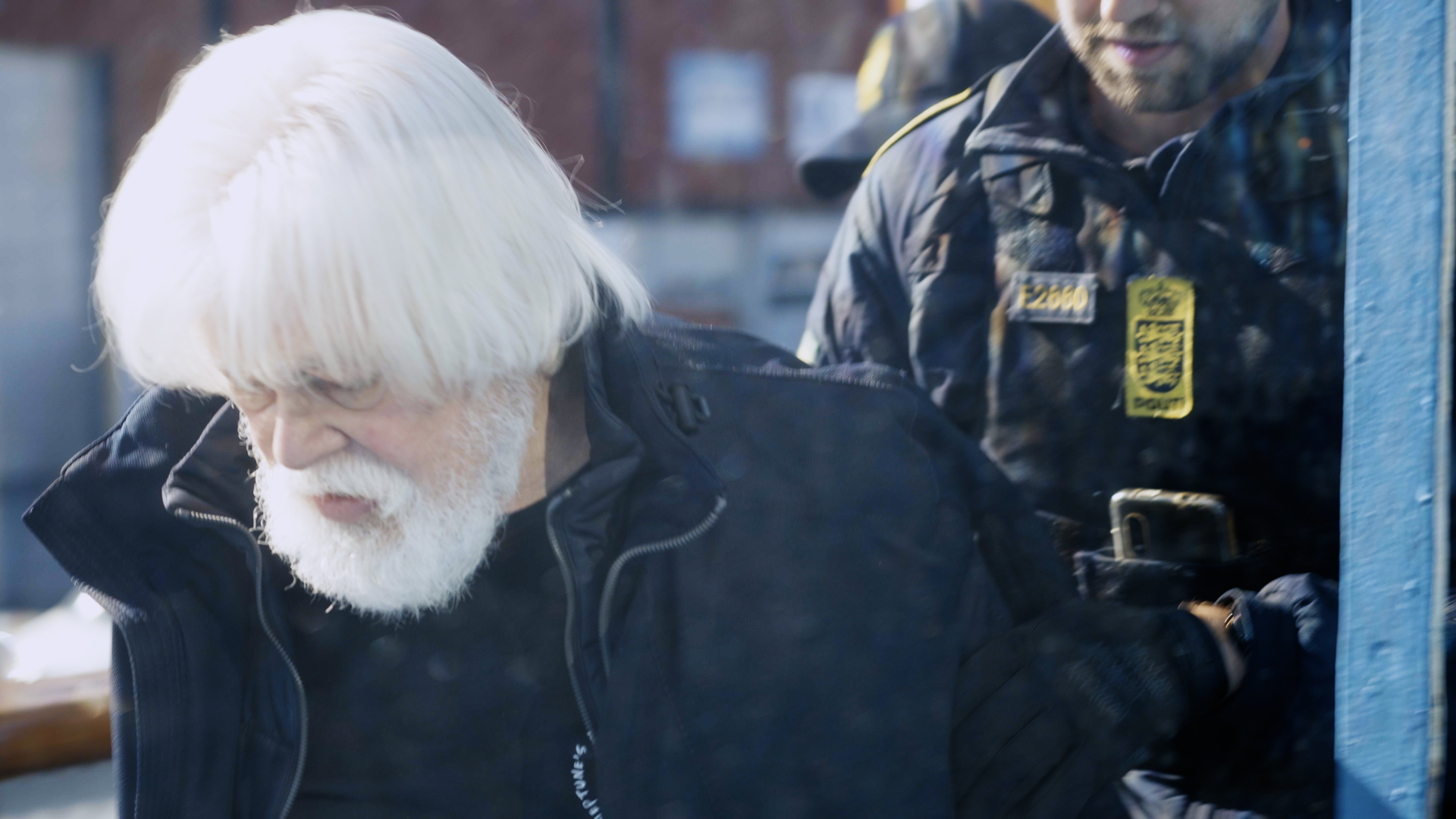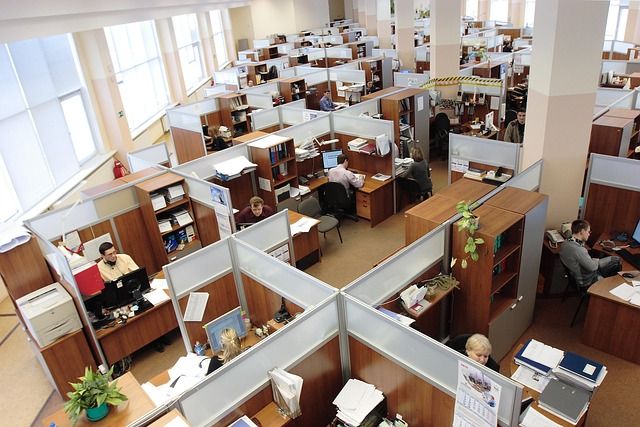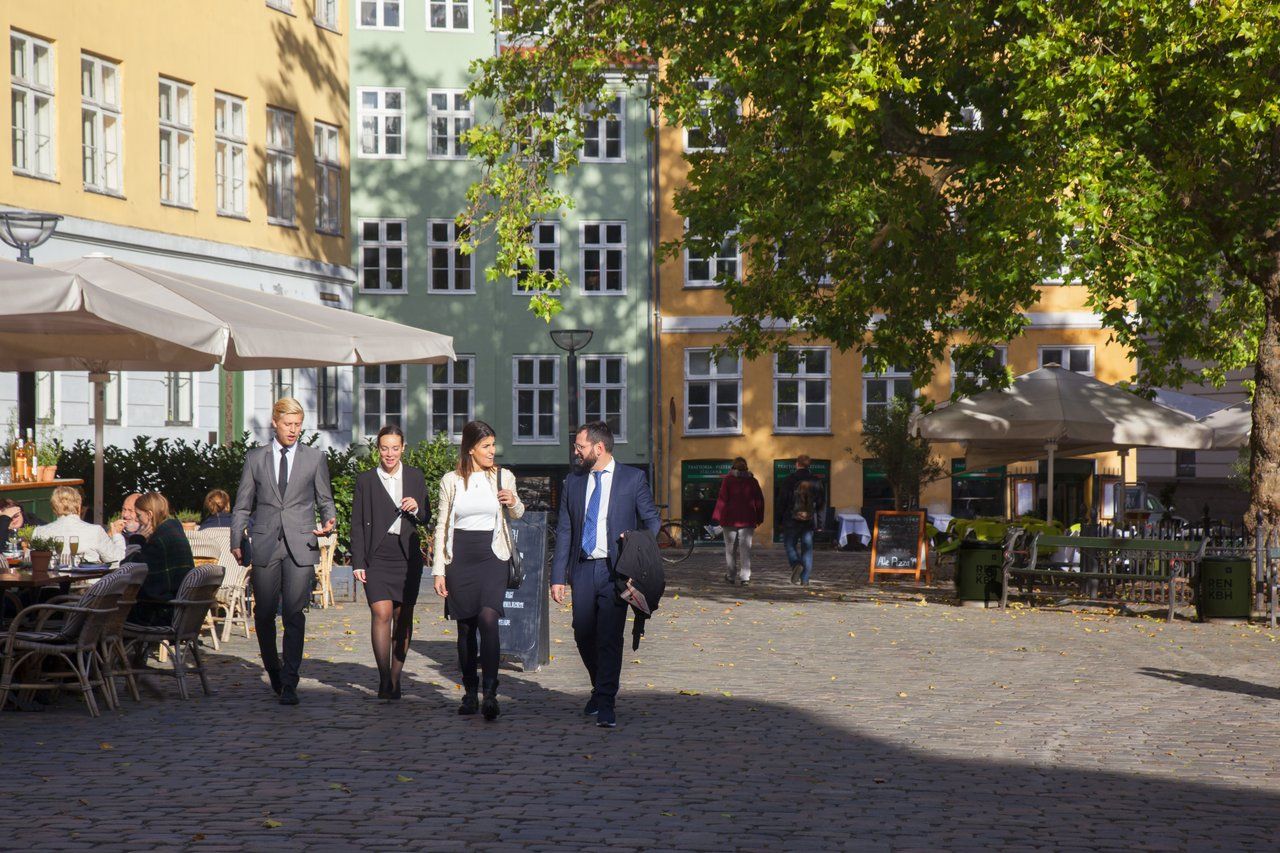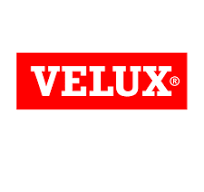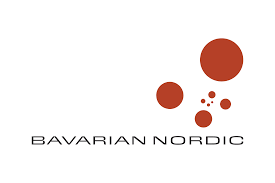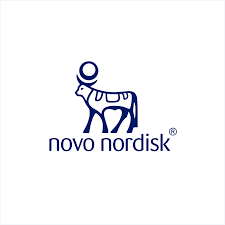In February, the exhibition (Re)covered opened at the artist-run space Bien Contemporary in Copenhagen, featuring a series of photographs taken in both Denmark and China by the Chinese artist Zheng Wen 郑文 (b. 1963).
The exhibition sheds light on the phenomenon of street advertising, graffiti tagging, and other urban markings, revealing the complex stories, meanings, and aesthetics within the many layers of materials that cover our public urban environment.
Street expression in China and Denmark
Upon first glance, the artist appears to have photographed intentional markings and splashes of paint, akin to abstract expressionist art, or ancient scripture. In fact, as digital files, these images could easily be likened to paintings by Jackson Pollock, Franz Kline, or Cy Twombly.
It is astounding to realize that these works are, in fact, the byproduct of a perpetual struggle between advertisers, graffiti artists, and city caretakers. The artist simply zooms in on the surface of a city wall, or the corroded surface of a metal container, creating striking compositions of many-layered paint, paper, and tape, often torn, scrubbed off, or cracked, to reveal the underlying concrete or old paint.
Wen explains that the perpetual act of posting, painting, erasing, and re-covering creates new meaning, with some acts causing conflict, aiming to obliterate former messages, while others playfully contribute to a kind of communal artwork.
Wen’s photographic series represent the universal nature of urban street advertising, as the origin of each image – whether China or Denmark – is indistinguishable. Only the titles of the artworks reveal their locations. Once aware, viewers may perhaps recognize the yellow of the wall surrounding Assistens Kirkegård in Copenhagen’s Nørrebro, or seek to recall where they have passed such a metal surface.
While breaking down cultural and geographic boundaries, Wen’s work also blurs the lines between photography and painting, advertisement and art, mundanity and beauty. Through his camera, he showcases the unintended artistry within everyday street scenes, turning intrusive ads or even vandalism into something that can be valued and admired.
Finally, (Re)covered serves as an archive of communal urban spaces, documenting a wide array of materials, textures, and colors found in cities and towns across China and Denmark. These remnants, along with the continuous cycle of application and removal, inadvertently become part of the art itself.
Join The Copenhagen Post on Wednesday 20 March for an artist talk with Zheng Wen at Bien Contemporary Gallery. Click here for more information.
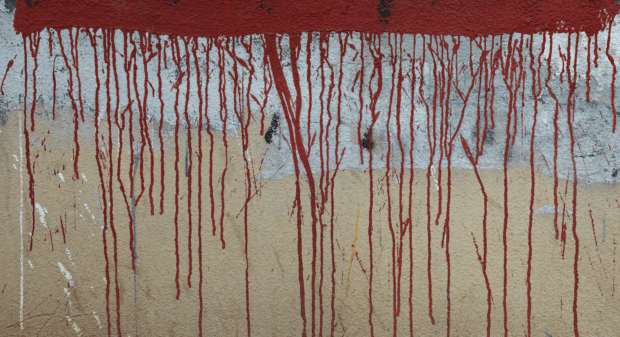
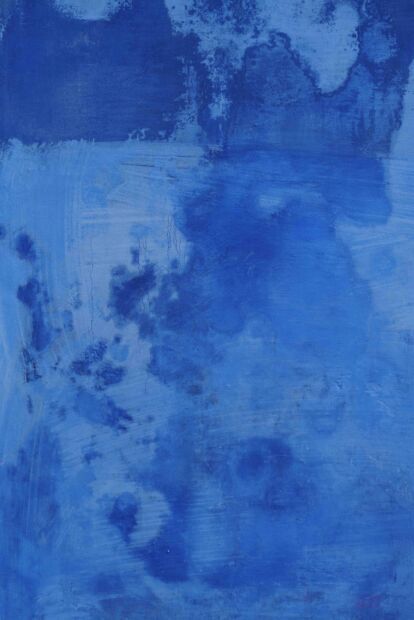
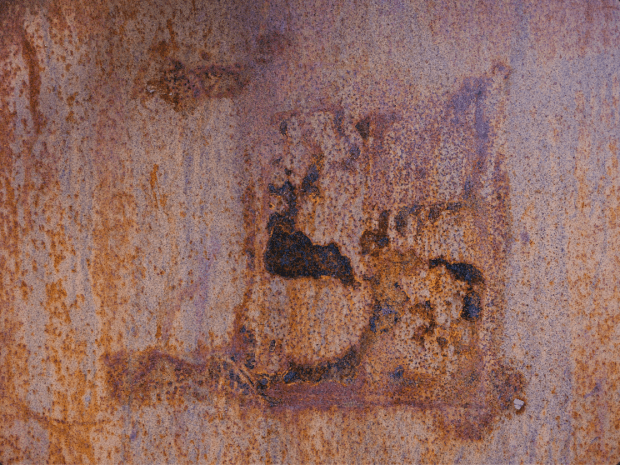
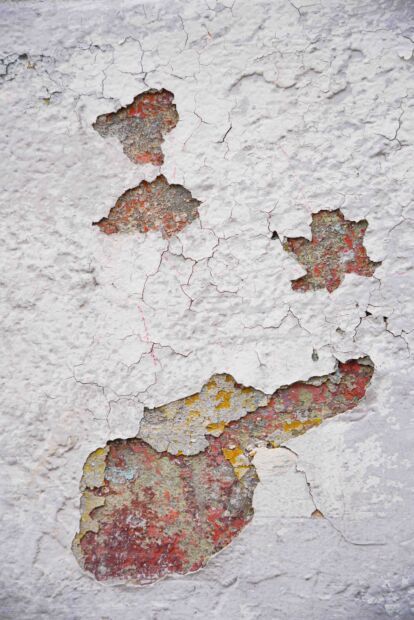
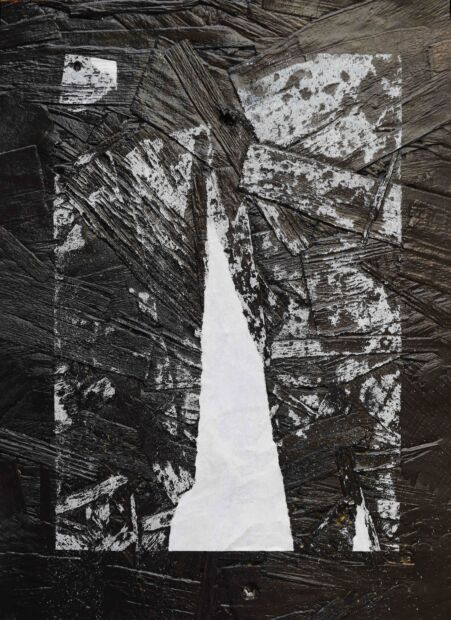
About the artist
Zheng Wen 郑文 (b. 1963, Beijing) is a photographer, whose interest in the medium began as early as his college years at Peking University. It was here that he was awarded a prize in photography, and organized his own window exhibition—the first of its kind on campus—in 1988. His undergraduate studies in international politics, postgraduate degree in cultural communication, and his specialization in cultural exchange throughout his career, deeply influenced the approach he took in his ongoing photography work. (Re)covered is a continuation of the exhibition Covered and Recovered Streets 街裱, which was shown at Beijing’s Inter Art Center / Inter Gallery 映艺术中心/映画廊 in 2014; the enriched form of this exhibition in Copenhagen, marks 10 years of its artistic development.
About the curator
Cila Brosius (b. 1990, New York) is a German-American curator based in Copenhagen. She holds a master’s degree from New York University with a background in Chinese Studies, Anthropology, and Visual Arts Administration. She has worked in a variety of contemporary arts organizations for the past ten years as a curator, content creator, and art business coach. She is particularly interested in enhancing the accessibility of the art world through cross-generational and cross-cultural dialogue.
About Bien Contemporary
Bien Contemporary (est. 2021) is an artist-run gallery that strives to reinforce the international art scene in Denmark by establishing a platform for artists of all nationalities and various disciplines, promoting art as inherently connected to its context rather than the artist’s nationality.
The gallery is also committed to democratizing artistic expression by organizing art workshops, networking events, concerts, and other activities, accessible to the broad public. The space supports the idea that artistic expression is a shared social practice that transcends professions, specific groups or segments within society.
